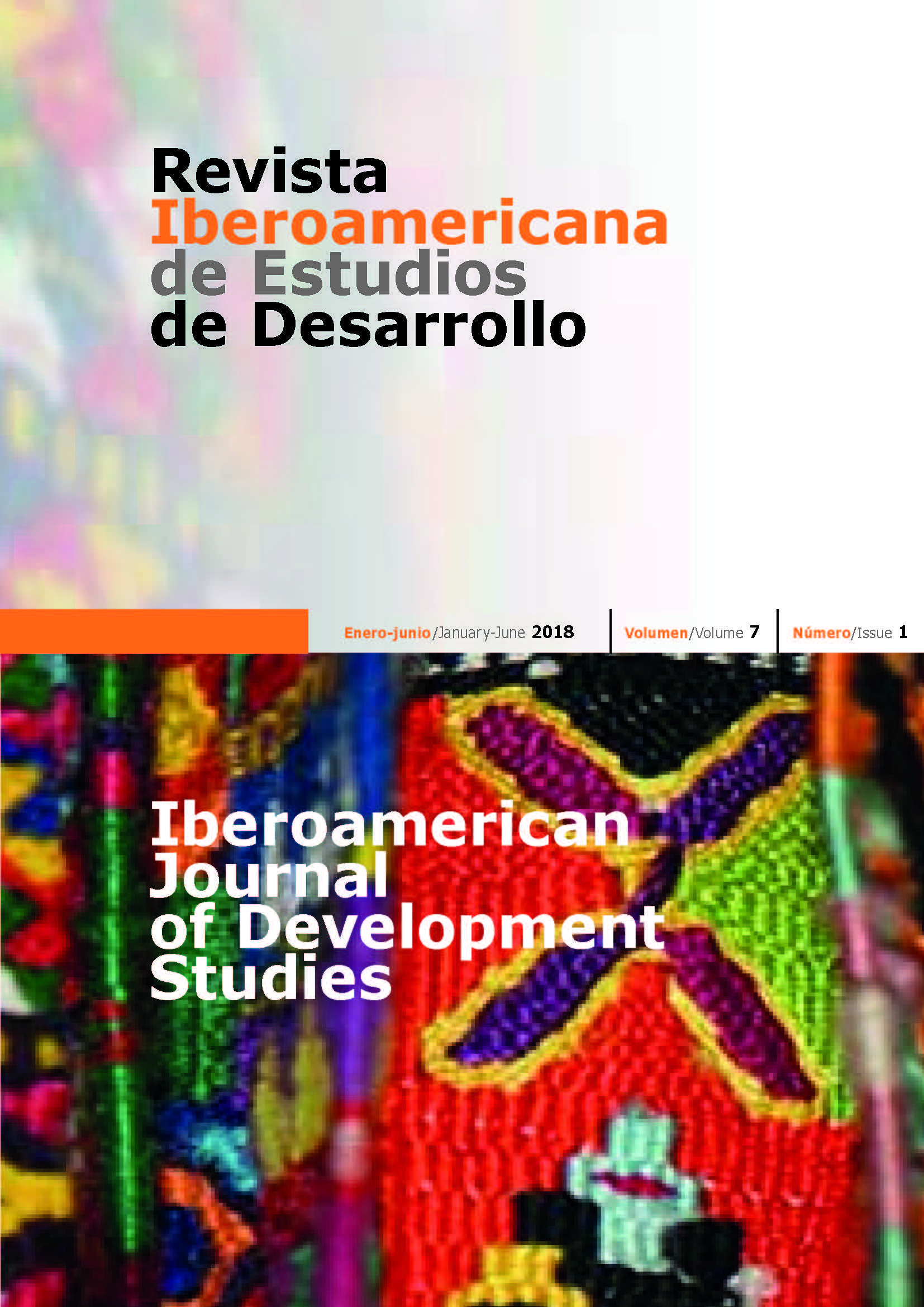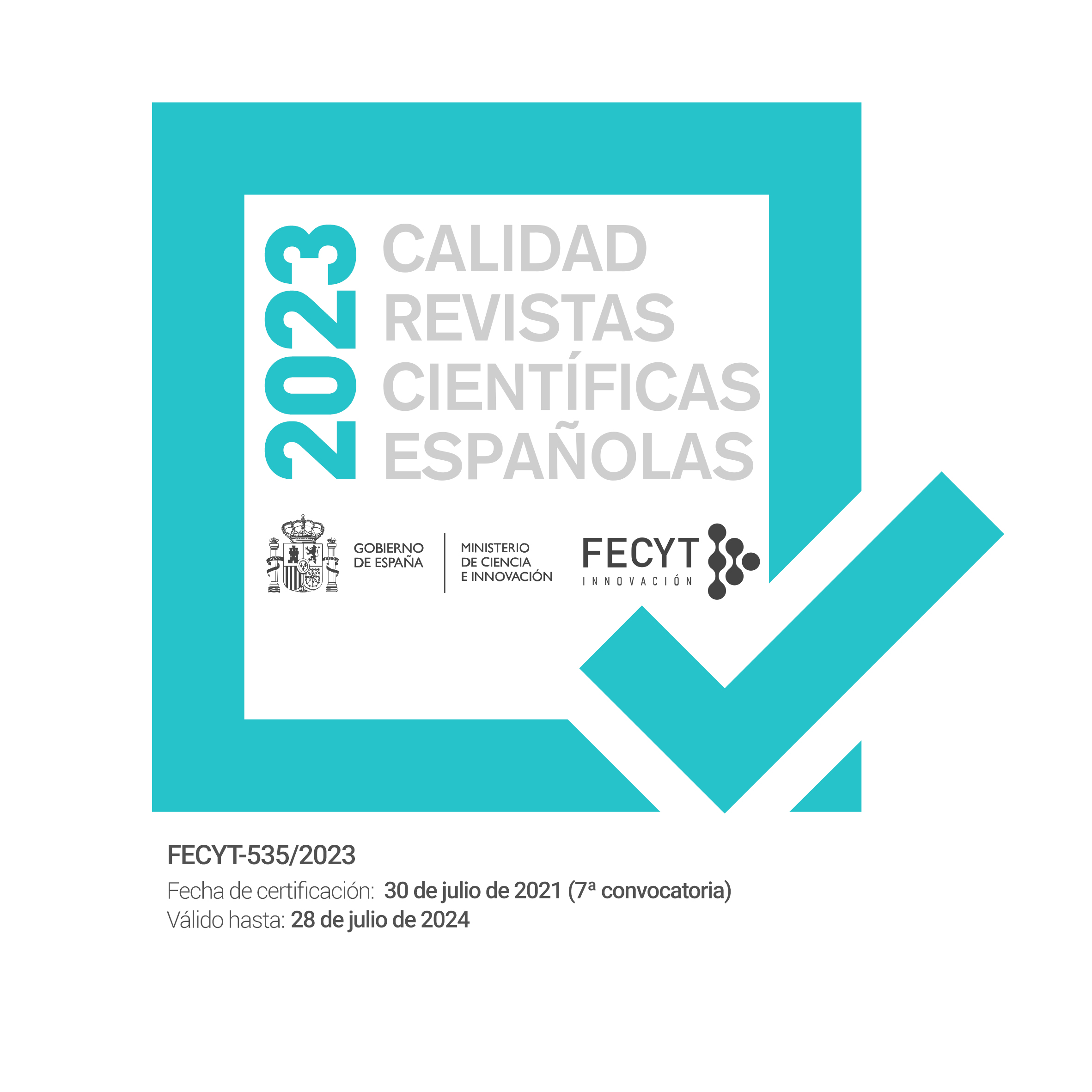¿Birds of passage? La integración social de la población refugiada en España
DOI:
https://doi.org/10.26754/ojs_ried/ijds.279Keywords:
refugee, social integration, Spain, asylum, social networks, mobilityAbstract
The present article analyzes the conditions of social integration of the refugee population in Spain during the period 2012-2016, based on qualitative research data. For that purpose, the authors analyze the current situation of the issue in Europe and particularly in Spain, collects the main data on the sociodemographic profile of the refugees, and finally, exposes the results obtained in the research. During their first five years of incorporation, refugees in Spain are emulating the same vulnerable conditions of integration as in other European countries, mainly marked by job insecurity, housing poverty and economic uncertainty. The factors that explain this situation are as much of structural origin —institutional or economic— as social and personal —language or weakness of social networks—. The Spanish system of reception and social integration is unable to reverse this trend, so is in much need of proposals for reform and revision.
Downloads
References
ALBA R, NEE V (1997) Rethinking Assimilation Theory for a New Era of Immigration. International Migration Review 31(4):826-874.
ARES A (2015). Integración, ¿utopía o realidad? El eterno dilema: estudio crítico sobre los modelos de integración. Revista Estudios Empresariales (147):26-46. Universidad de Deusto.
AMNISTÍA INTERNACIONAL —AI— (2016). El asilo en España: un sistema de acogida poco acogedor. Amnistía Internacional, Madrid.
ARCARONS A (2016). Case Study Spain. From Refugees to Workers: Mapping Labour Market Integration Support Measures for Asylum-Seekers and Refugees in EU Member States. Chapter 8. En: VV. AA. Vol II. Migration Policy Centre, Florencia.
BEVELANDER P (2011). The Employment Integration of Resettled Refugees, Asylum Claimants, and Family Reunion Migrants in Sweden. Refugee Survey Quarterly 30(1):53-76.
BLOCH A (2004). Making it work: refugee employment in the UK. Institute for Public Policy Research, Londres.
BLOCH A (2007). Refugees in the UK Labour Market: The Conflict between Economic Integration and Policy-led Labour Market Restriction. Journal of Social Policy 37(1):21-36.
CACHÓN L (2009). La España inmigrante: marco discriminatorio, mercado de trabajo y políticas de inmigración. Anthropos, Barcelona.
CARRASCO C, GARCÍA SERRANO C (2015). Efectos de la crisis en la estructura ocupacional y la biografía laboral de la población inmigrante. Migraciones 37:75-96.
CARRASCO CARPIO C (1999). Mercados de Trabajo: los inmigrantes económicos. Ministerio de Trabajo y Asuntos Sociales. Colección Observatorio Permanente de la Inmigración 4. Madrid.
CASTLES S, MILLER M (2007). The Age of Migration. The Guilford Press, Nueva York.
CASTLES S, KORAC M, VASTA M, VERTOVEC S (2002). Integration Mapping the Field. Oxford University, Oxford.
CEAR —COMISIÓN ESPAÑOLA DE AYUDA AL REFUGIADO— (2010, 2013, 2015 y 2016). Las personas refugiadas en España y en Europa. Informe Anual. Madrid.
CEBOLLA H, GONZÁLEZ A (coords.) (2013). Inmigración ¿integración sin modelo? Alianza, Madrid.
CHEUNG SY, PHILLIMORE J (2014). Refugees, Social Capital, and Labour Market Integration in the UK. Sociology 48(3):518-536.
CHEUNG SY, PHILLIMORE J (2016). Gender and Refugee Integration: A quantitative analysis of integration and social policy outcomes. Journal of Social Policy, noviembre.
COLECTIVO IOÉ (2012). Impactos de la crisis sobre la población inmigrante. Organización Internacional para las Migraciones, Ginebra (Suiza).
COLIC-PEISKER V, TILBURY F (2006). Employment Niches for Recent Refugees: Segmented Labour Market in Twenty-first Century Australia. Journal of Refugee Studies 19(2):203-229.
DEFENSOR DEL PUEBLO (2016). El sistema de acogida e integración social. Informe Anual. Madrid.
EUROPEAN COUNCIL ON REFUGEES AND EXILES (ECRE) (2005). Towards the Integration of Refugees in Europe. The Way Forward. ECRE. 2005. Bruselas.
EUROPEAN MIGRATION NETWORK (2013). Annual Immigration and Asylum Policy Report, Spain 2013. European Commission, Luxemburgo.
EUROSTAT (2017). First time asylum applicants in the EU-28. 2008-2017. Eurostat.
FIELDEN A (2008). Local integration: an under-reported solution to protracted refugee situations. Research Paper No 158. UNHCR.
FIELDEN A, CRISP J (2008). Local integration: reviving a forgotten solution. Forced Migration Review 30:78-81.
IGLESIAS J (2012). En la horma de otros zapatos. Los trabajadores inmigrantes y el enfoque de la nueva precariedad étnica. Política y Sociedad, vol. 49 1:47-72.
IGLESIAS J (2015). La inmigración que surgió del frío. Población de origen inmigrante y nuevos retos de las políticas de integración tras la crisis. Revista de Estudios Empresariales 148(2015):4-16.
IGLESIAS J, FANJUL G, MANZANEDO C (2016). La «crisis» de los refugiados. Informe España 2016. Cátedra J. M. Martín Patino. Universidad Pontificia Comillas, Madrid.
JACOBSEN K (2001). The forgotten solution: Local integration for refugees in developing countries. New Issues in Refugee Research 45. UHNCR, Ginebra.
KONLE-SEIDL R, BOLITS G (2016). Labour Market Integration of Refugees: Strategies and good practices. European Parliament, Bruselas.
MEYSS (2017). Datos sobre las plazas de acogida en España. Meyss.
OECD (2016). Making Integration Work: Refugees and others in need of protection. OECD Publishing, París.
PARELLA S (2003). Mujer, inmigrante y trabajadora: la triple discriminación. Anthropos, Barcelona.
PEDREÑO A, GARCÍA I (2005). La inserción de España en las redes migratorias internacionales: configuración social y mercado laboral. Estudios migratorios latinoamericanos 57:203-247.
PENNINX R (2007). Integration processes of migrants: Research findings and policy challenges. Migracijske I Etničke Teme 23(1-2):7-32.
PORTES A, BÖRÖCZ J (1992). Inmigración contemporánea: perspectivas teóricas sobre sus determinantes y modos de acceso. Alfoz 91-92:23-54.
TORRES F (2011). La inserción de los inmigrantes. Luces y sombras de un proceso. Madrid. Talasa, 297 pp.
TORRES F, GADEA ME (2016). Crisis, inmigración y sociedad. Madrid, Talasa.
UNHCR (2013). A new beginning. Refugee Integration in Europe. UNHCR-Europe.
UNHCR-EXECUTIVE COMITTE (2005). Conclusion on Local Integration. 7 October 2005, No. 104 (LVI). UNHCR.
WAITE L, LEWIS H, DWYER P, HODKINSON S (2014). Precarious Lives: Refugees and Asylum Seekers. Resistance within Unfree Labouring. ACME 14(2):479-491.
Downloads
Published
How to Cite
Issue
Section
License
Copyright (c) 2018 Juan Iglesias-Martínez, Cecilia Estrada

This work is licensed under a Creative Commons Attribution-NonCommercial-NoDerivatives 4.0 International License.








